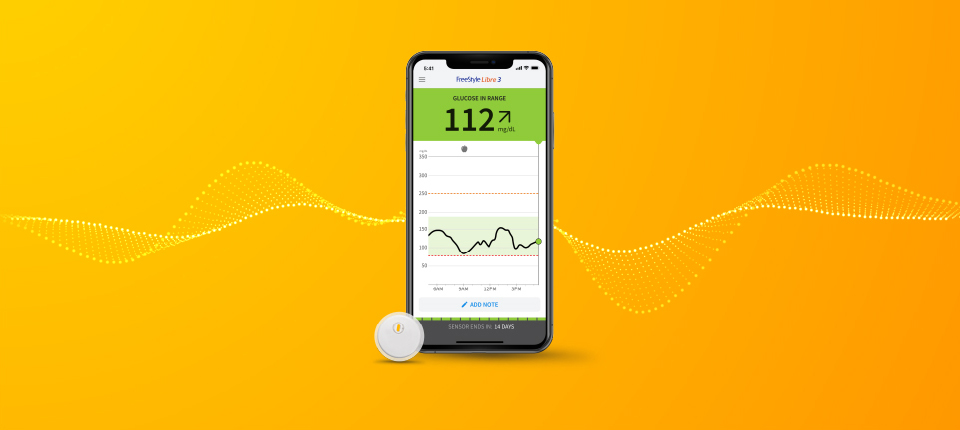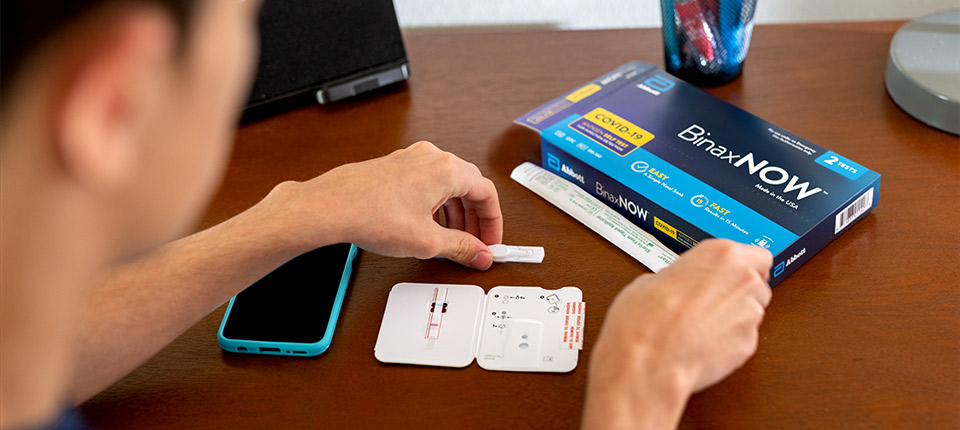Many people who are dealt with a diagnosis of Parkinson's disease or essential tremor search for a way to limit symptoms and side effects to make living easier.
Abbott's Infinity Deep Brain Stimulation system provides relief of symptoms — such as tremor and rigidity — that allows people to use an Apple iPod controller to manage their therapy.
Building on its neuromodulation advancements, Abbott offers the DBS system uses an implanted device with wires leading to the brain. Similar to a pacemaker, the therapy sends electrical stimulation signals to areas in the brain that cause involuntary movements and can help to effectively calm Parkinson's symptoms. The Infinity DBS therapy with its familiar Apple iOS controller is another innovative technology within Abbott's neuromodulation portfolio, one of its fastest-growing business units for the health technology company.
With neuromodulation revenue growing as much as 50 percent in recent quarters and a robust pipeline of new offerings coming closer to the marketplace, it's another piece of Abbott's accelerated revenue growth that's projected to outperform its recent strong financial performance.
Along with groundbreaking technology to help Parkinson's, the Infinity DBS therapy is the only one1 that uses a wireless iOS device (an Apple iPod) to control stimulation. That feature allows patients to receive discreet, personalized treatment in the palm of their hand. The handheld programmer allows John to control how much or how little stimulation he needs, another breakthrough to empower patients with their own care.
Global Leader in Chronic Pain Treatment
Movement disorder devices fall under Abbott’s neuromodulation business, where the company has taken a leadership role in a medical area that is being buoyed by an aging population around the world. Abbott holds the largest U.S. and global market share for implantable chronic pain neurostimulation devices.2 The market's potential remains strong: Global Market Insights puts the total neurostimulation device market at $16 billion by 2024.
People with chronic pain are often eager to find non-drug alternatives to manage their symptoms to avoid potentially addictive prescription medications. Neurostimulation therapies from Abbott offer drug-free relief that in many cases can put control of the treatment in the hands of those using devices through an Apple iPod controller.
Spinal cord stimulation (SCS) is among several highlights of Abbott's neuromodulation business. The company's proprietary waveform — BurstDR stimulation — has been clinically proven to offer superior pain relief over traditional SCS therapy and is preferred by more than 81 percent of patients over traditional spinal cord therapies.3
BurstDR received approval in October 2016 after 10 years of research to perfect the treatment that emulates natural firing patterns in the brain to modulate the sensory and emotional pathways to enable people to focus on their lives and not on their chronic pain.
Another high-growth neuromodulation area is dorsal root ganglion (DRG) stimulation, with Abbott's Proclaim series of implantable devices that can, as with the DBS system, be controlled with a handheld iOS device. The DRG solution is designed for cases where traditional SCS options for treating chronic intractable pain aren't appropriate for patients with Chronic Regional Pain Syndrome in the lower limbs.
The DRG — a spinal structure densely populated with sensory nerves — plays a critical role in the development and maintenance of chronic pain. The DRG's unique pain processes and its anatomical considerations make it an ideal interventional target to treat various pain conditions.4
Like many parts of Abbott’s businesses, the neuromodulation lineup aligns well with healthcare trends and an aging population that seeks life-changing ways to manage their symptoms.
"We see this as a great growth opportunity as well, and one that you want to continue to invest behind," said Brian Yoor, Abbott’s chief financial officer. "We're making a real difference in people's lives in terms of pain management. We're engineering some amazing ways that people can end their reliance on potentially addictive pain medication, and our science is at the very forefront of treating Parkinson's and other chronic conditions."
References
1St. Jude Medical. Memo #SJM-INF-0815-0010. 2018
2(Based on competitors' earning reports and Abbott's internal company estimates).
3Deer T, Slavin KV, Amirdelfan K, et al. Success Using Neuromodulation With BURST (SUNBURST) Study: Results From a Prospective, Randomized Controlled Trial Using a Novel Burst Waveform. Neuromodulation. 2017.
4Deer, TR, Levy, RM, Kramer, J, et al. (2017). Dorsal root ganglion stimulation yielded higher treatment success rate for complex regional pain syndrome and causalgia at 3 and 12 months: a randomized comparative trial. Pain. 158(4): 669-681. http://dx.doi.org/10.1097/j.pain.0000000000000814 ACCURATE IDE STUDY, St. Jude Medical. (n=152).
This story reflects one person’s experience; not everyone will experience the same results. Talk to your doctor about the benefits and risks of your treatment options. Abbott does not provide medical services or advice as a part of this website.






FOLLOW ABBOTT